PakAlumni Worldwide: The Global Social Network
The Global Social Network
Why Do Majority of Indians Favor Military Rule?
A majority of Indians, 53%, favor military rule, according to a Pew Research Center survey released recently. India is one of only 4 countries where a majority is in favor of a military government, according to the survey. Vietnam, Indonesia, and South Africa are the other three.
Pew Survey Question:
The Pew survey questionnaire asked respondents to vote on direct democracy, representative democracy, technocrats rule, rule by a strong leader and rule by military. Here are the definitions of these in the survey:
Direct Democracy: A democratic system where citizens, not elected officials, vote directly on major national issues to decide what becomes law.
Representative Democracy: A democratic system where representatives elected by the people decide what becomes law.
Rule by Experts: Experts, not elected officials, make decisions according to what they think is best for the country.
Rule by a Strong Leader: A system in which a strong leader can make decisions without interference from parliament or the courts.
Rule by Military: The military rules the country.
Indian Responses:
Majorities voted yes on all 5 choices with direct democracy leading with 76%, followed by representative democracy 75%, rule by experts 65%, rule by strong leader 55% and rule by the military 53%.
The results are a bit confusing but it does seem that the majority of the people in India are open to all forms of government ranging from democratic to autocratic.
Why Autocracy?
The survey results raise the following question: Why are the majority of Indians so open to 3 non-democratic choices out of 5? I think the answer to this question can be found in the following post titled "Civilian "Democracy" vs Military "Dictatorship" Debate in Pakistan" that I wrote three years ago:
Civilian "Democracy" vs Military "Dictatorship":
Asian Tigers became Asian Tigers under dictators before they became democratic. There is not a single example of a developing country that became a developed country under democratic rule since WW II. Development gap between China, a one-party state, and India, a multi-party democracy, is huge and growing. Developed countries in Europe and North America took centuries to develop under democratic systems. Asian Tigers did it much faster under dictators. China is doing so now. Asia's experience has shown that democratic processes act as speed breakers to slow pace of development and stymie efforts to reduce poverty, ignorance and disease to deliver higher living standards. Let's examine these statements and see how they apply to Pakistan.
Asian Tigers:
Taiwan, Singapore and South Korea experienced a dramatic rise under authoritarian regimes from 1960s through 1990s. The dictators who led these states also showed the way to fellow Asian dictators in Indonesia, Malaysia, Thailand and China who also industrialized and prospered using the same formula that rejected the Washington Consensus of democracy and free markets as the basis for development of all nations.
1960s Pakistan:
Pakistan was on a similar trajectory as the Asian Tigers during 1960s under Gen Ayub Khan's rule. GDP growth in this decade jumped to an average annual rate of 6 percent from 3 percent in the 1950s, according to Pakistani economist Dr. Ishrat Husain. Dr. Husain says: "The manufacturing sector expanded by 9 percent annually and various new industries were set up. Agriculture grew at a respectable rate of 4 percent with the introduction of Green Revolution technology. Governance improved with a major expansion in the government’s capacity for policy analysis, design and implementation, as well as the far-reaching process of institution building.7 The Pakistani polity evolved from what political scientists called a “soft state” to a “developmental” one that had acquired the semblance of political legitimacy. By 1969, Pakistan’s manufactured exports were higher than the exports of Thailand, Malaysia and Indonesia combined."
Bangladesh:
Some argue that it was Ayub Khan's rule in 1960s that resulted in the loss of Pakistan's eastern wing and the creation of Bangladesh. I strongly disagree with this view. I believe that ill-conceived general elections of 1970 gave the opportunity to Pakistani politicians to lie to mostly poor and illiterate electorate of the time to win their votes. Shaikh Mujib exploited normal regional economic disparities that can be found in any country, including India and US, to argue that Bengalis were unfairly treated. Just look at the income data for various states in US or in India and you'll see huge gaps in incomes and standards of living. Indian Punjab's per capita income of Rs. 88,783 is 1.4 times higher than West Bengal's Rs. 62,831. Bihar's per capita income of Rs. 28,317 is less than a quarter of Haryana's Rs. 122,660. New Jersey's per capita income of $53,628 is much higher than Mississippi's $33,073.
In the end, Zulfikar Ali Bhutto refused to sit down and talk with Shaikh Mujib and forced the split. Here's how one of Bhutto's friends late Gov Salman Taseer offered his view in his book "Bhutto: A Political Biography"
"Blame can never be satisfactorily or finally apportioned to the major players in this grisly drama, but that Bhutto, Mujibur Rahman and Yahya Khan share responsibility there can be no doubt. Many, indeed, are inclined to the view that Bhutto, as the most sure-footed politician of the three and thus the best equipped to assess the consequences of his actions, must accept the lion's share of the blame. Argument on this point will remain one of the central themes of Pakistani politics, perhaps for decades."
The fact is that economic gap between former East Pakistan and Pakistan has grown over the last 40 years, and the per capita income in Pakistan now stands at more than twice Bangladesh's in 2012 in nominal dollar terms, higher than 1.6X in 1971.
The China Miracle: Fastest GDP Growth in World History |
India:
As China's share of the world's extreme poor (living below $1.25 per day per person level) has dramatically declined, India's share has significantly increased. India now contributes 33% (up from 22 % in 1981). While the extreme poor in Sub-Saharan Africa represented only 11 percent of the world’s total in 1981, they now account for 34% of the world’s extreme poor, and China comes next contributing 13 percent (down from 43 percent in 1981), according to the World Bank report titled State of the Poor.
The share of poverty in South Asia region excluding India has slightly increased from 7% in 1981 to 9% now, according to the report. India now has the world's largest share of the world's poor, hungry, illiterate and sick who still lack access to very basic sanitation.
Pakistan Growth By Decades. Source: National Trade and Transport Fa... |
In a recent book "Street Smarts", a hedge fund Manager Jim Rogers makes some important points to explain how East Asians have succeeded in rapidly developing while others have failed:
"Many Asians say that the Asian Way is first to open your economy, to bring prosperity to your country, and then, only after that, to open up your political system. They say that the reason the Russians failed is that did it the other way around. Russia opened up its political system in the absence of a sound economy, everybody bitched and complained, and chaos inevitably ensued. As an example of the Asian path to political openness, they point to South Korea and Taiwan, both of which were once vicious dictatorships supported by the United States. Japan was at one time a one-party state supported by the US military. Singapore achieved its current status under one-party, authoritarian rule. All these countries have since become more prosperous and more open.
Plato, in The Republic, says that the way societies evolve is by going from dictatorship to oligarchy to democracy to chaos and back to dictatorship. It has a certain logic, and Plato was a very smart guy. I do not know if the Asians ever read The Republic, but the Asian way seems to suggest that Plato knew whereof he spoke." Not only is the Asian model different from that of the Soviets, it stands China in marked contrast to those thirty-year dictatorships previously mentioned. Chinese leaders have put a high premium upon changing the country's economy, presumably to seek prosperity for the 1.3 billion people who live there."
"And yet,in 1947, when it achieved independence, India was one of the more successful countries in the world, a democratic country. But despite democracy, or maybe because of it, India has never lived up to its potential. China was a shambles as recently as 1980. India was far ahead of it. Bt since then China has left India, literally in the dust....As China rises, India continues to decline relatively. Its debt-to-GDP ratio is now 90 percent, making a strong growth rate virtually impossible."
Pakistan's Economic History:
Since 1947, Pakistan has seen three periods of military rule: 1960s, 1980s and 2000s. In each of these decades, Pakistan's economy has performed significantly better than in decades under political governments.
In a 10/12/1988 interview with Professor Anatol Lieven of King's College and quoted in a book "Pakistan-A Hard Country", here is how eminent Pakistani economist Dr. Mabubul Haq explained lower economic growth under "democratic" governments:
"..every time a new political government comes in they have to distribute huge amounts of state money and jobs as rewards to politicians who have supported them, and short term populist measures to try to convince the people that their election promises meant something, which leaves nothing for long-term development. As far as development is concerned, our system has all the worst features of oligarchy and democracy put together.
That is why only technocratic, non-political governments in Pakistan have ever been able to increase revenues. But they can not stay in power for long because they have no political support...For the same reason we have not been able to deregulate the economy as much as I wanted, despite seven years of trying, because the politicians and officials both like the system Bhutto (Late Prime Minister Zulfikar Ali Bhutto) put in place. It suits them both very well, because it gave them lots of lucrative state-sponsored jobs in industry and banking to take for themselves or distribute to their relatives and supporters."
Human and Economic Development under Musharraf:
Pakistan saw yet another confirmation of accelerated economic and human development under military rule in years 2000-2007. Pakistan's HDI grew an average rate of 2.7% per year under President Musharraf from 2000 to 2007, and then its pace slowed to 0.7% per year in 2008 to 2012 under elected politicians, according to the 2013 Human Development Report titled “The Rise of the South: Human Progress in a Diverse World”.
At 0.515, Pakistan's HDI is lower than the average HDI value of 0.558 for South Asia which is the second lowest among the various regions of the world tracked by UNDP. Between 2000 and 2012, the region registered annual growth of 1.43% in HDI value, which is the highest of the regions. Afghanistan achieved the fastest growth (3.9%), followed by Pakistan (1.7%) and India (1.5%), according to the United Nations Development Program.
Overall, Pakistan's human development score rose by 18.9% during Musharraf years and increased just 3.4% under elected leadership since 2008. The news on the human development front got even worse in the last three years, with HDI growth slowing down as low as 0.59% — a paltry average annual increase of under 0.20 per cent.
Who's to blame for this dramatic slowdown in the nation's human development? Who gave it a low priority? Zardari? Peoples' Party? Sharif brothers? PML (N)? PML (Q)? Awami National Party? Muttahida Qaumi Movement? The answer is: All of them. They were all part of the government. In fact, the biggest share of the blame must be assigned to PML (N).
Sharif brothers weren't part of the ruling coalition at the center. So why should the PML (N) share the blame for falling growth in the nation's HDI? They must accept a large part of the blame because education and health, the biggest contributors to human development, are both provincial subjects and PML(N) was responsible for education and health care of more than half of Pakistan's population.
Going further back to the decade of 1990s when the civilian leadership of the country alternated between PML (N) and PPP, the increase in Pakistan's HDI was 9.3% from 1990 to 2000, less than half of the HDI gain of 18.9% on Musharraf's watch from 2000 to 2007.
Acceleration of HDI growth during Musharraf years was not an accident. Not only did Musharraf's policies accelerate economic growth, helped create 13 million new jobs, cut poverty in half and halved the country's total debt burden in the period from 2000 to 2007, his government also ensured significant investment and focus on education and health care. In 2011, a Pakistani government commission on education found that public funding for education has been cut from 2.5% of GDP in 2007 to just 1.5% - less than the annual subsidy given to the various PSUs including Pakistan Steel and PIA, both of which continue to sustain huge losses due to patronage-based hiring.
Pakistan's High-Tech Exports Tripled as % of Manufactured Exports. ... |
Political and Performance Legitimacy:
The issue of rulers' legitimacy often raised in Pakistan is not as black and white as it appears. Polls showed that military rulers like Gen Pervez Musharraf of Pakistan made up with performance legitimacy for lack of political legitimacy. On the other hand, civilian leaders who ascended to power did demonstrate political legitimacy but they have consistently lacked performance legitimacy. Similarly, the terms "democracy" and "dictatorship" are often vague in Pakistan's context. Pakistani "dictators" were much more "democratic" than civilian politicians in deregulating mass media and allowing lots of political debate which was absent before Musharraf's coup in 1999.
Source: Pew Surveys in Pakistan |
Benazir Bhutto Created Taliban:
Many Pakistanis hold the military responsible for creating the Taliban who are now responsible for daily carnage in Pakistan. Few Pakistanis know that the Taliban movement was midwifed by Benazir Bhutto and her right-hand man and interior minister Naseerullah Babar during her term in office in 1993-1996. Benazir is often referred to as the Mother of the Taliban because of her role in giving birth to the Taliban movement. Once born and nurtured by Benazir and Babar, the Taliban quickly became a force to be reckoned with. The Taliban under Mulla Omar's leadership defeated the Afghan Mujahedeen who had fought against the Soviets and quickly took control of much of Afghanistan in just a few years. The Taliban became so confident that they resisted Pakistan's pressure and refused to agree to the Durand Line as international Pak-Afghan border when they were in power in Kabul in 1990s.
Summary:
Pakistan saw rapid social and economic development under military regimes in 1960s, 1980s and 2000s. Each time the torch passed to a civilian government, both the economy and social sectors suffered a significant slowdown. If Pakistan had 30 years of continuous military rule with sustained growth without several lost decades, it would have been an economy several times larger than it is today.
Had Pakistan's development continued on the 1960s trajectory, it is quite conceivable that Pakistan would be a prosperous democracy like the Asian Tigers today.
Here's a recent discussion on democracy in Pakistan:
Pakistan PM Invites Army Intervention; Can Army Chief Save Nawaz Sh... from WBT TV on Vimeo.
Related Links:
India Tops World Slavery Charts
Asian Tigers Brought Prosperity; Democracy Followed
Challenges of Indian Democracy
Comparing Bangladesh with Pakistan
Economic and Human Development in Musharraf Years
India's Share of World;s Poor Up from 22% to 33%
Twitter Feed
Live Traffic Feed
Sponsored Links
South Asia Investor Review
Investor Information Blog
Haq's Musings
Riaz Haq's Current Affairs Blog
Please Bookmark This Page!
Blog Posts
Pakistan Household Survey HIES 2024-25 Raises More Questions Than It Answers
Recently released HIES 2024-25 household integrated economic survey by Pakistan Bureau of Statistics (PBS) raises more questions than it answers. For example, it shows that Pakistani households are buying lower amounts of basic food ingredients like wheat, meat and eggs in the last four years, implying that people are eating less to cover other expenses, like electricity and gas. But it doesn't explain why the households have reported significantly lower purchases of these items than…
ContinuePosted by Riaz Haq on January 6, 2026 at 5:00pm
Happy New Year 2026: Pakistan's Year 2025 in Review
As we enter the year 2026, it is time to review the year 2025 and wish you all Happy New Year 2026! May it bring peace, prosperity and happiness to all!!
The year 2025 saw Pakistan defeat a brazen Indian attack on its soil, while reviving its economy and…
ContinuePosted by Riaz Haq on December 30, 2025 at 9:30pm — 10 Comments
© 2026 Created by Riaz Haq.
Powered by
![]()






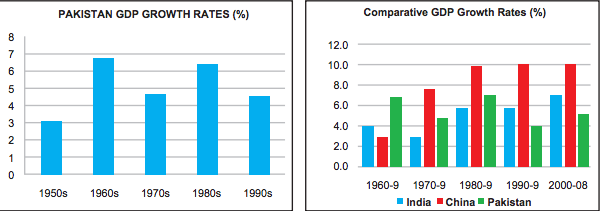
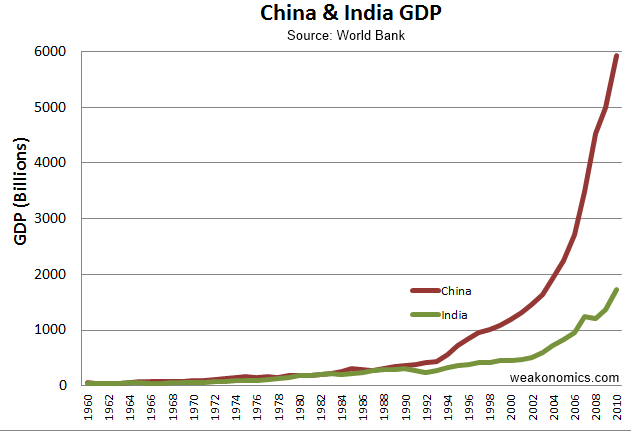

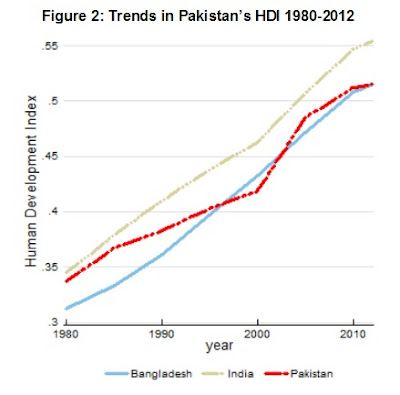



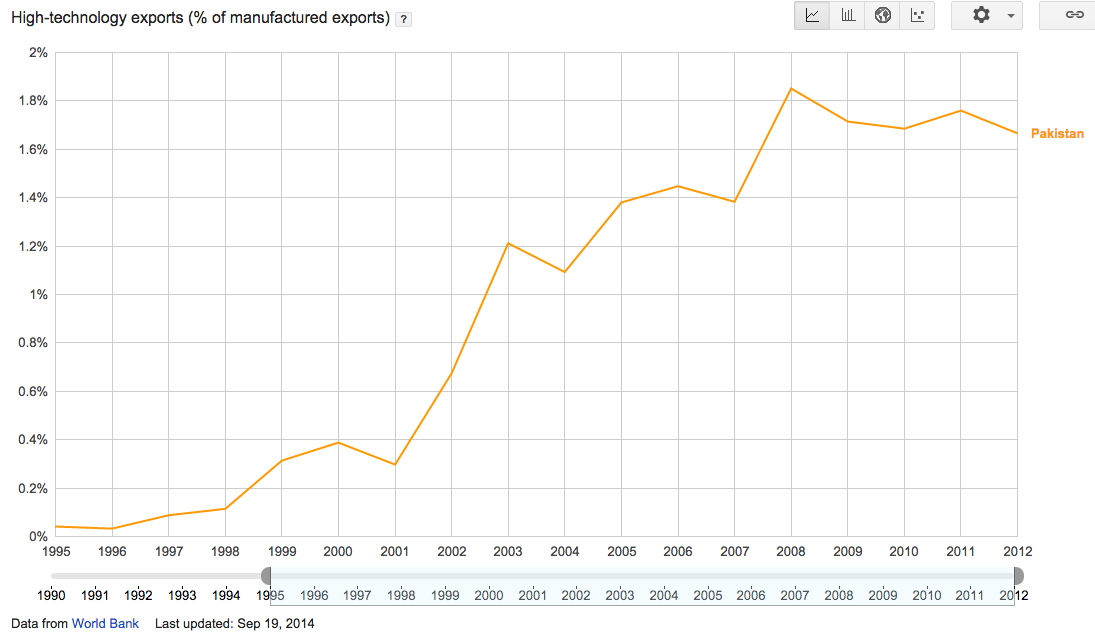
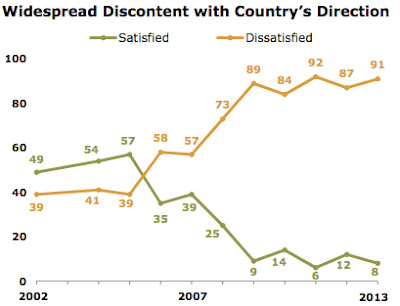


You need to be a member of PakAlumni Worldwide: The Global Social Network to add comments!
Join PakAlumni Worldwide: The Global Social Network